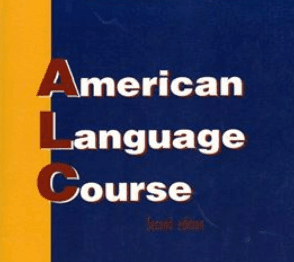Simple Present Tense
The simple present tense is used:
- To describe facts and habits. For example:
- He plays chess.
- To describe scheduled events in the future. For example:
- The plane lands in 5 minutes.
- To tell stories (particularly jokes). For example:
- He asks the policeman for directions. (This use of the simple present tense is quite rare.)
The simple present tense is quite easy to form, but it quite difficult to use. In fact, it's complicated. (There's more on this below.)
More Examples of the Simple Present Tense
The simple present tense is used:
(1) To describe facts and habits:
- I like chocolate. (Fact)
- Angela runs a youth club full of glue-sniffers. (Fact)
- I ride horses in the summer. (Fact and habit)
- It always snows here in January. (Fact and habit)
- Dawn plays chess in the evenings. (Fact and habit)
(NB: These activities do not have to be happening right now.)
This type of sentence, especially if it's describing a habit, will usually include a time expression like "always," "every year," "never," "often," "on Mondays," "rarely," "sometimes," or "usually."
(2) To describe scheduled events in the future
- The train arrives at 5 o'clock.
- It is low tide at 0234.
(Yes, we know! It's supposed to be the present tense!)
(3) To tell stories (particularly jokes) to make your listener or reader feel more engaged with the story.
- A horse walks into a bar, and the barman says, "why the long face?" (Compare to: A horse walked into a bar, and the barman said, "why the long face?")
- We heard the helicopter overhead. Suddenly, the radio bursts into life.
(This is sometimes called the fictional present or the historic present.)
Forming the Simple Present Tense
The simple present tense is quite easy to form.
or
+
Let's look at the verb to run (whose base form is run). In the simple present tense, run looks like this:
| Person | Example |
|---|---|
| First person singular | I run |
| Second person singular | You run |
| Third person singular | He/She/It runs |
| First person plural | We run |
| Second person plural | You run |
| Third person plural | They run |
In other words, it only changes in the third person singular (he / she / it). It adds either s, es or ies.
The Negative Version
To create a negative sentence, use "do not" + [base form of the verb]. (Use "does not" with third person singular (he / she / it).)
+
- I do not like chocolate.
- Angela does not run a youth club full of glue-sniffers.
- I do not ride horses in the summer.
- It does not always snow here in January.
- Dawn does not play chess in the evenings.
In speech and writing (especially informal writing), "do not" is often shortened to "don't," and "does not" is often shortened to "doesn't." If you want to add some emphasis, use one of the long versions (i.e., "do not" or "does not"), and emphasize the word "not."
The Question Version
If you need to ask a question, you can use the following word order for a yes/no question:
+
+
- Do you like chocolate?
- Does Angela run the youth club?
You can use the following word order for a question-word question:
+
+
+
- Why does Tony talk so quickly?
- When do the farmers plant the corn?
You can use the following word order for a choice question:
+
+
+
+
+
- Does Mark sing or dance?
- Do they want hamburger or sausages?
The Spelling Rules
For regular verbs, just add s:
- talk > talks
- improve > improves
For verbs that end in s, ss, sh, ch, x and o, add es:
- guess > guesses
- mash > mashes
- fix > fixes
- go > goes
For verbs ending [consonant]-y, change the y to i and add es:
- fly > flies
- study > studies







